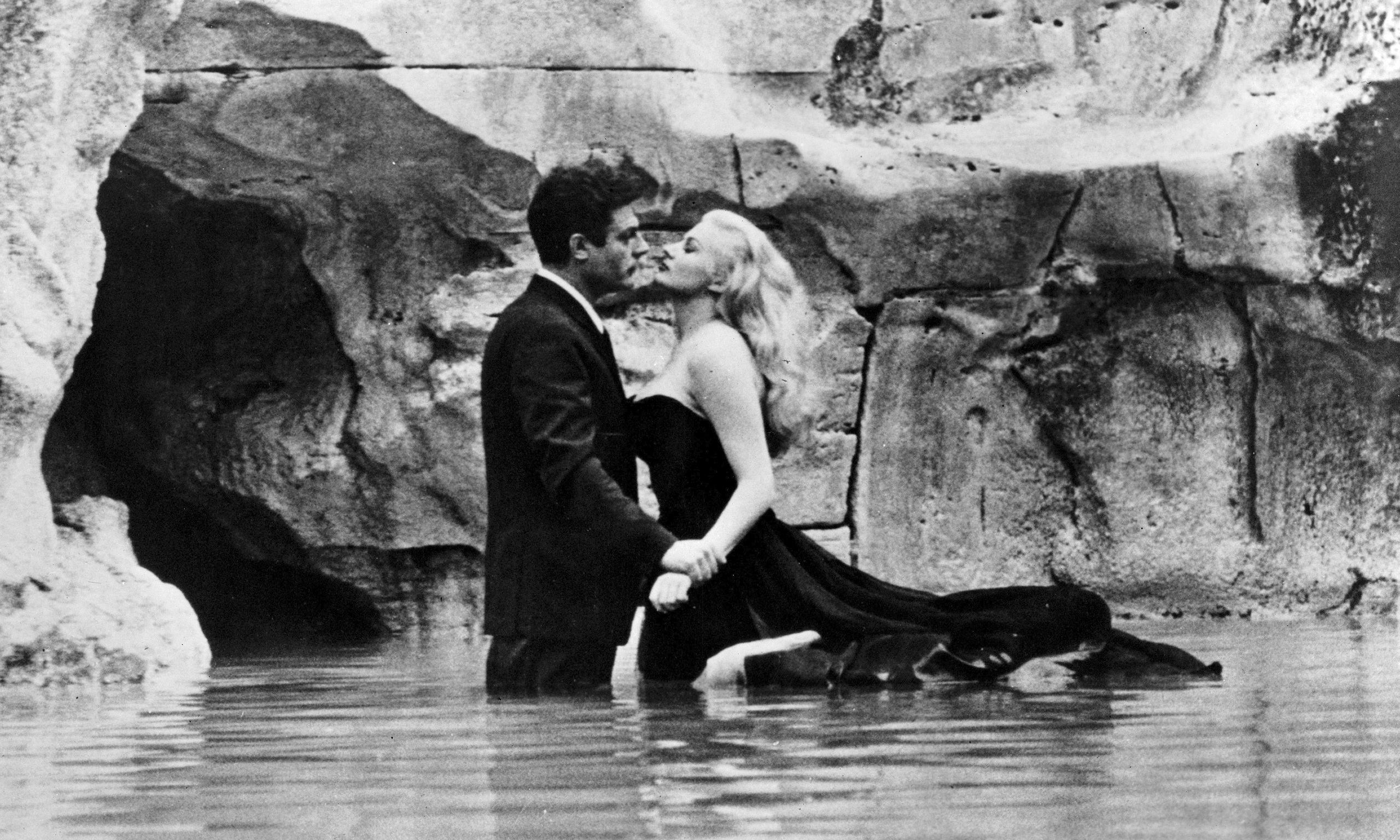Italian cinema: the seventh art
For many, Italian cinema is nothing more than a simple economic version of Hollywood hits. Indeed, American Studios represent excellence in the world of cinema, but believing that Italian cinema has in no way contributed to the growth of this art form can be considered true heresy by industry experts.
The history of Italian cinema is in fact a history rich in excellence with genres, films, directors and actors who have entered the Olympus of seventh art (the critic Ricciotto Canudo defined cinema in this way back in 1921).
From the first documentaries to modern day comedies
On March 13, 1896, the photographic studio Le Lieure in Rome hosted the first public screening of the Lumière brothers. This event is indicated by many as the one that marked the birth of Italian cinema.
After the screening at Le Lieure, the show begins an itinerant journey through all the main Italian cities, making most Italians aware of the creation of the two French inventors and the potential of cinema.
Thus the first Italian productions were born, characterized above all by some historical documentaries concerning stories of emperors, popes and famous Italic rulers or, in some cases, simple views of city squares and streets.
In the early years of the twentieth century, numerous film houses come to life such as Cines, Partenope Film, the Società Anonima Ambrosio or Caesar Film and above all the first structures dedicated exclusively to the screening of short films are born: cinemas. Clearly not even comparable to the mammoth multiplexes we know today, but small rooms where the short shorts of the time were broadcast.
With The taking of Rome of Alberini of 1905 the historical genre of propaganda and the use of professional actors for the realization of a film is inaugurated, but it is during the second decade of the twentieth century that Italian cinema knows one of the best periods, with a production of almost a thousand titles exported all over the world: from historical blockbusters (Nero by Maggi and Frusta, The Odyssey by Bertolini o Quo vadis? by Guazzoni just to name a few) to futurist cinema, an avant-garde movement born in Italy in 1916.
After the crisis of the XNUMXs, the propaganda cinema of the fascist period strengthens Italian production with the establishment of the Unione Cinematografica Educativa Luce and the creation of Cinecittà studios in Rome. Film production is thus concentrated in the capital, with the creation of feature films aimed at representing the idea of Italy and of Italian society desired by the regime, but without ever exceeding in vulgar forced propaganda.
But the heyday of Italian cinema arose from the ashes of the Second World War with Neorealism, in which directors of the caliber of Rossellini, De Sica, Visconti and De Santis, many of them awarded with Oscars, assert themselves. Rome open city, Paisà, Bicycle thieves, Sciuscià, Obsession e Rice bitter these are just some of the many masterpieces of Italian cinema of that period, eager to represent a country destroyed by war, but able to rise with courage and dignity from its ashes.
From the success of Neorealism, auteur cinema takes shape, with themes that focus more on individuality than on the community. Antonioni, with his Chronicle of a love, de facto inaugurates the new current of thought appreciated not only in Italy, but also beyond the border, as demonstrated by the success of blow-up, a film by Antonioni himself, winner of the Cannes Film Festival in 1966.
In those years another Italian director emerged and perhaps the most famous and well-known: Federico Fellini. Author of films such as The road, Amarcord, La dolce vita o The Clowns and winner of 4 Oscars, Fellini is the clearest representation of Italian auteur cinema, known all over the world with scenes that have entered the collective imagination such as the bathroom in the Trevi Fountain by Anita Ekberg and Marcello Mastroianni.
Not only Fellini or Antonioni. The auteur cinema consecrates directors of the caliber of Pasolini, De Seta and Zurlini, and influences some of the masters of Neorealism such as De Sica and Visconti.
Hand in hand with auteur cinema, one of the most characteristic genres of Italian cinema develops: Italian comedy. Alberto Sordi, Vittorio Gassman, Totò, Peppino De Filippo, Ugo Tognazzi or Paolo Villaggio are some of the actors who will find glory and fame under the direction of directors such as Dino Risi, Luigi Comencini, Ettore Scola and Luigi Zampa. Between the sixties and eighties, Italian comedy turns out to be one of the most loved and successful genres in the whole country, entertaining millions of Italians during the economic boom that was taking hold throughout the peninsula.
At the same time in Italy, and above all in the world, the Italian western genre, or rather the spaghetti-westerns, is asserting itself. Django, They called him Trinity, The good, the bad and the ugly, Ringo o The great duel they enter de facto in the history of cinema and still today there is no lack of homages such as that of Tarantino and his Django Unchained. To fully understand the importance of this genre, just think of characters like Sergio Leone, Clint Eastwood and Franco Nero, who have become real movie stars thanks to the Italian western.
From the 80s to today, Italian comedy, with minor exceptions, has always characterized Italian production, but in recent years we have glimpsed a lively experimentation with other genres and a return to auteur cinema, with authors of the caliber of Tornatore, Sorrentino and Benigni. The latter actor and director of the film Life is Beautiful, considered a milestone in world cinema and winner of 3 Oscars in 1997. A true symbol of Italian excellence!





